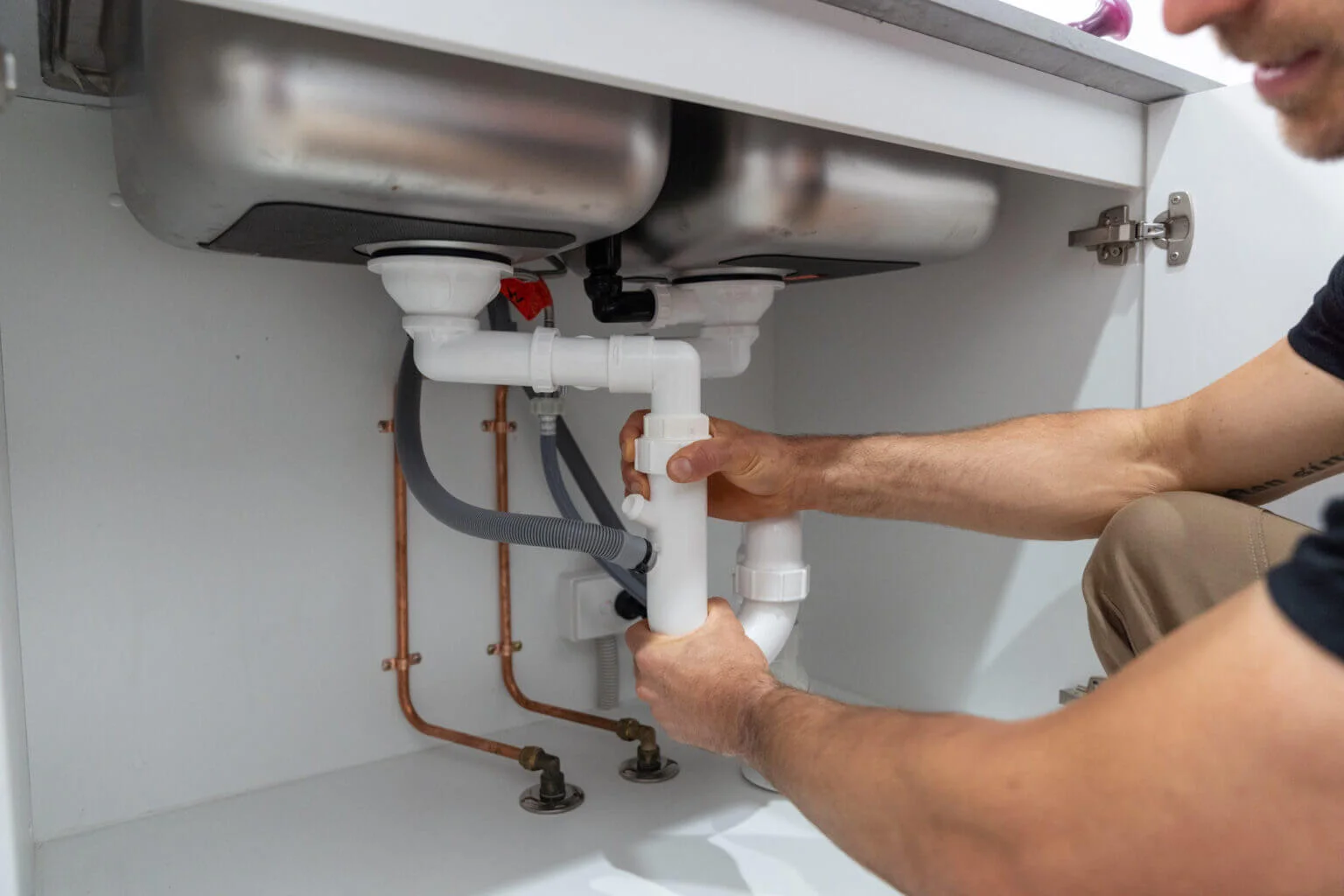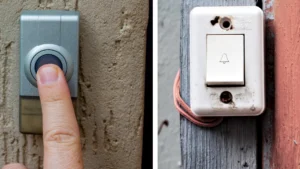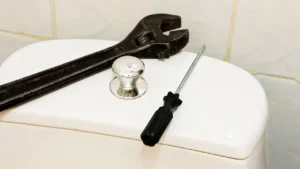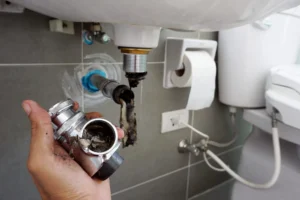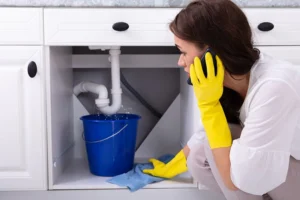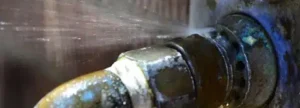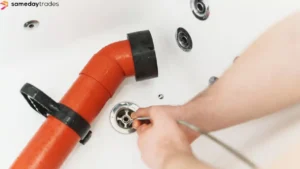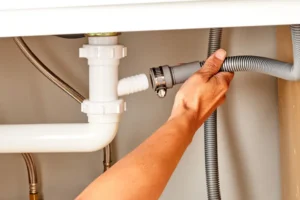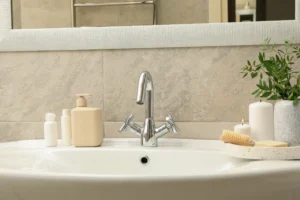Is mineral-rich hard water transforming your once beautiful home into a crusty limescale nightmare? You’re not alone. Over 85% of homes in the Australia have rigid liquid loaded with troublesome calcium and magnesium flowing from their taps. This is because most municipal water sources contain dissolved particles of these hardness minerals acquired as the water flows over rocky substrates.
While essential for human health in proper doses, an excess of calcium and magnesium in your water supply can lead to the formation of stubborn mineral deposits. Over time as water evaporates, these minerals emerge from solution and angrily stick onto sinks, showers and virtually every other surface. The result is a thick, rock-hard white coating known as limescale or calcium carbonate buildup.
If you are also looking for how to get rid of calcium build up, below are some useful suggestions.
The Issues with Accumulating Limescale
If left to continuously build up unabated, calcium carbonate deposits can cause major headaches by:
– Clogging fixtures and pipes, diminishing water flow
– Leaving white spotty residue on dishes, faucets and sink basins
– Allowing soap scum to easily stick onto surfaces, creating more grease and grime to remove later
– Potentially damaging appliances if scale builds up inside water heaters, coffee machines and more
– Significantly increasing water heating costs due to decreased heating efficiency
And not only is piling limescale an eyesore, but removing heavy mature deposits requires intense scrubbing with corrosive cleaners. This can prematurely wear down expensive hardware and plumbing. So taking preventative measures early is key for avoidance of catastrophic calcium ruining your sanctuary.
Safely Removing Existing Stubborn Deposits
Before deciding to break out the elbow grease or employ harsh chemical cleaners from under the sink, first try gentler removal methods better suited for sensitive surfaces:
- Distilled White Vinegar
The acetic acid in vinegar works to naturally dissolve mineral deposits for only pennies per gallon. For smaller fixtures or removable parts, submerge them fully in undiluted white vinegar to soak overnight before scrubbing. For larger immobile areas like tiled walls or flooring, apply liberal amounts directly or use diluted vinegar solutions avoiding any porous surfaces. Let soak for 30 minutes to an hour before attacking deposits with a stiff scrub brush.
- Lemon Juice
When life gives you lemons, give your faucet a citric acid bath! The citric acid found naturally in lemon juice works similarly to acetic acid for breaking down calcium carbonate deposits. Cut lemons in half and rub directly onto affected areas to coat buildup, or soak removable parts fully immersed in lemon juice overnight. Let sit for a few hours before coming back to scrub away scaling with an old toothbrush.
Preventing Excess Calcium Buildup
While stripping away calcium deposits as they appear is useful for keeping your home manageable over time, the best defense is preventing excessive buildup in the first place through these methods:
- Install Whole-House Water Softening Systems
These systems reduce water hardness by utilizing a process called ion-exchange. Water flows through a mineral tank containing polystyrene beads that have been coated with salt. As hard water passes through, the calcium and magnesium ions trade places with sodium ions, resulting in softer water flowing from pipes. This greatly curbs limescale accumulation by stopping scale before it even leaves the plumbing system. Buyer beware though – some people dislike the salty taste and high cost of monthly salt refill bags.
- Use Chelating Water Conditioning Agents
Chelators are substances capable of surrounding mineral ions and preventing them from bonding and forming scale deposits. Powdered chelating agents such as EDTA or sodium hexametaphosphate can be added to dishwasher and washing machine cycles as beneficial rinse agents. They work by catching any rogue minerals not caught by other filtration methods and allowing them to be harmlessly flushed out in the rinse.
- Install Under-Sink Reverse Osmosis Systems
More intensive than whole-house conditioning is reverse osmosis filtration – forcing water through semi-permeable membranes to isolate and trap calcium, magnesium and other molecules. The resulting water flowing from a separate faucet is mineral-free. Use this ultra-purified water for drinking, cooking, cleaning countertops and hand-washing dishes to greatly reduce potential contacting surfaces. Countertop and under-sink systems run $200-400 depending on water quality and filtration power.
- Add Vinegar to Cleaning Cycles
Simply adding 1-2 cups of ordinary white vinegar to the washing machine tub, dishwasher rack or hand-washing bucket on occasion will combat scale over time. The acetic acid works to condition water by lowering pH levels so more minerals stay dissolved in each wash cycle rather than sticking onto surfaces. Make this quick addition a few times per month preventatively.
- Use Specialized Scrubbing Tools
Flexible silicone brushes and long-handled bottle brushes more easily navigate the nooks and crannies of showerheads, sink spouts and tile grout buildup than traditional nylon scrub brushes. Attach sets to power drills for some extra mechanical muscle capable of pulverizing mature calcium crust accumulated over years of neglect.
- Limiting Mineral Intake Through Diet
Even using preventative measures, some calcium and magnesium will still inevitably end up deposited onto surfaces through regular use and evaporation. So curbing excess mineral intake from food and drinks can provide ancillary benefits:
– Cut back on calcium supplements if getting adequate calcium from dairy, vegetables and other dietary sources alone. Excess unused calcium gets excreted and can slightly increase water hardness.
– Intentionally increase magnesium intake by consuming more dark, leafy greens, avocados, cashews and baked potatoes. Magnesium prevents calcium absorption in the body and also facilitates mineral dissolving once absorbed, helping maintain balances.
The Reality of Hard Water Woes
For most households not blessed with professionally installed water softening and purification systems, dealing with at least some degree of limy grime is a reality when living with hard, mineral-rich water. But with diligent application of smart cleaning techniques, specialized equipment and targeted diet adjustments, the dream of declaring independence from troublesome limescale can be reality!
Follow these proven defender tips perfected for home defense to help reclaim washbasins, shower stalls and fixtures from recurring calcium carbonate woes. Gather the recommended natural cleaners and tools, roll up your sleeves and banish catastrophic mineral deposits from sabotaging your sanctuary once and for all! Your home will thank you.

